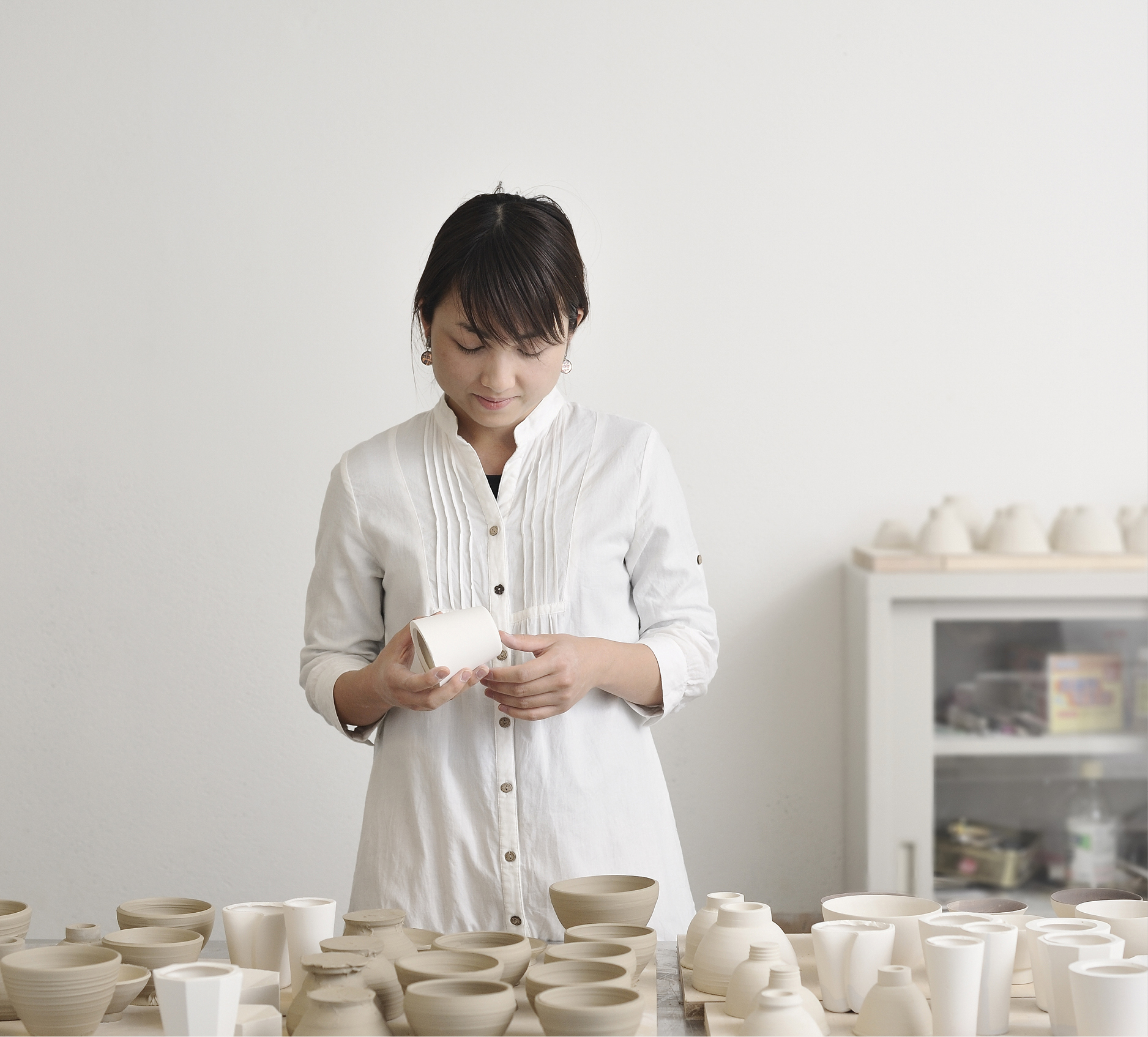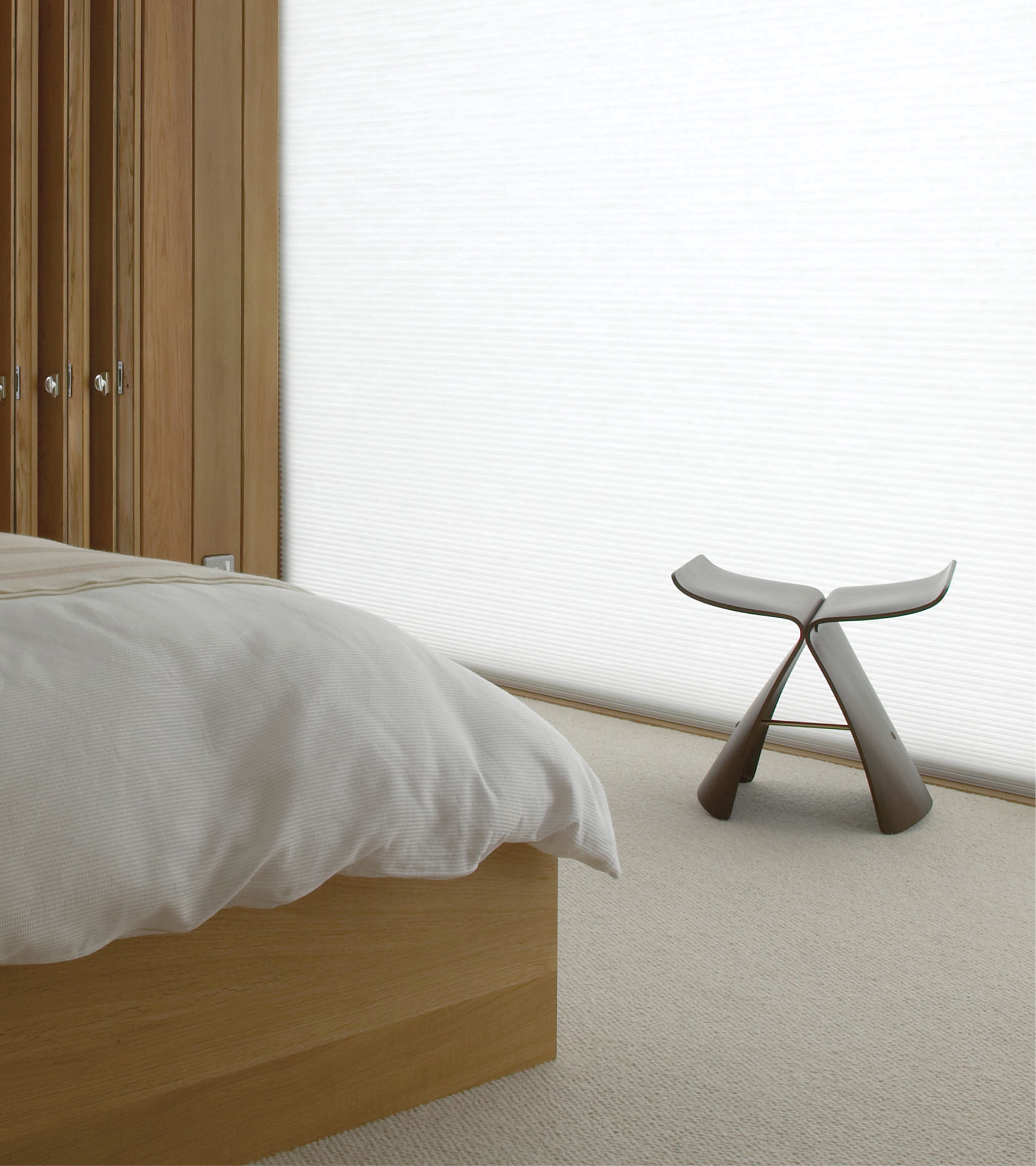モダン スタイル
Modern style
The elegance of simplicity

D The Japanese concept of shibui (simple and modest beauty) has carried over from traditional folk crafts to modern design.
The design of household objects and furniture tends to focus on function and practicality in an increasingly fast-paced world. And yet, in Japan, traditional aesthetic concepts like the subtle beauty of shibui and the refinement of iki still have a profound impact on contemporary designers. Preserving these styles has allowed Japanese products to strike a fine balance between the artistic and the everyday, meaning the beautiful qualities of Japanese design survive and stand out even in an era of global mass production.
Folk Craft revival
The production methods and attentive care behind Japan's traditional crafts could easily have been lost in the transformative industrial years of the early 20th century. But the old styles of ceramics, textiles, and other everyday crafts survived in the form of mingei (folk crafts). This is truly the people’s art—so much so that the creators of mingei are usually anonymous.
It was primarily due to the efforts of art critic and philosopher Soetsu Yanagi (1889–1961) in the 1920s that this strand of traditional design was protected. Yanagi valued artistic concepts celebrating the simplicity and utilitarian aspect of everyday objects—particularly inexpensive, functional, and rustic crafts. He gathered together key examples to establish the Japan Folk Crafts Museum in Tokyo in 1936, which remains one of the best places to see classic examples of mingei.
influence from abroad
While Japan's traditions were carefully preserved by some designers, other artists were also exploring further afield for inspiration. Soetsu Yanagi’s son Sori (1915–2011) was a notable designer in his own right. His most famous creation, the Butterfly Stool, combined the Japanese art of origami with plywood molding techniques developed by American designers Charles and Ray Eames. Sori Yanagi’s elegant modern designs were also influenced by Le Corbusier and Charlotte Perriand, in whose office he worked during the 1940s.
Be More Japan Modern style

D The Butterfly Stool is so called because of its fluid, curvaceous shape, reminiscent of a butterfly in flight.
Be More Japan Modern style
The Epitome of Modern Design
Founded in 1980, MUJI has become the face of contemporary Japanese design. Natural colors and textures evoking traditional aesthetics are a key ingredient in the company’s beautifully designed yet functional and accessible products. Short for Mujirushi Ryohin (“no-brand quality goods”) its products—which include furniture, clothing and stationery—are known for their chic, simplified design and lack of logos. Since 2001 MUJI’s art director has been the designer Kenya Hara, who has taken the company's ethos into new business areas including hotels and prefabricated homes.
Be More Japan Modern style

D Like the creators of mingei, the designers of MUJI products are often anonymous, to maintain the generic branding.
Be More Japan Modern style
Everyday Art

To turn a corner of your home into a modern, stylish gallery that's still a useable household space, seek out some pieces by Nendo. This award-winning design studio was established by Oki Sato in 2002, and creates everything from furniture and household products to graphic designs.
